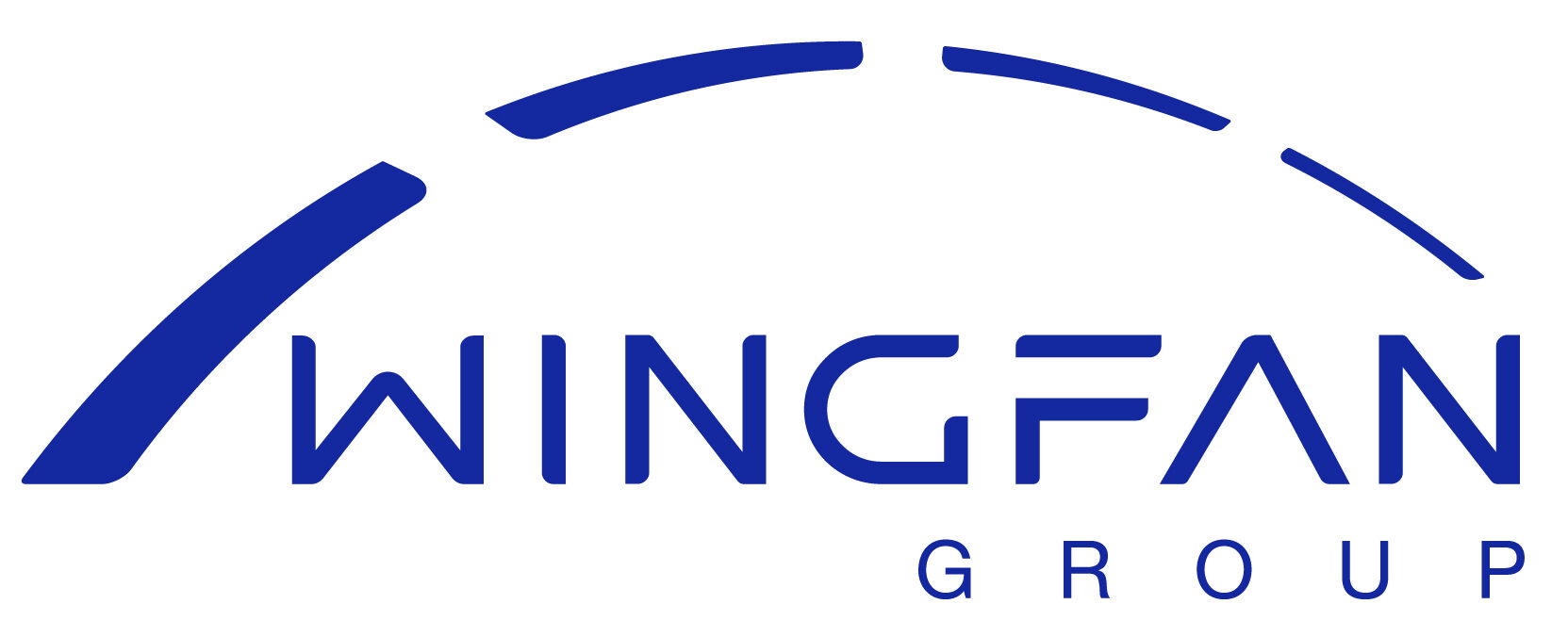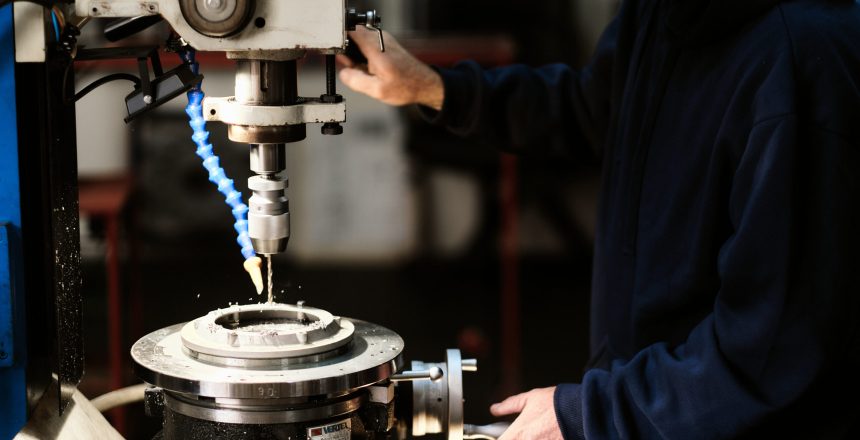Industrial fans are essential in various settings and activities, such as air circulation and ventilation, process cooling, and material handling.
But, the downside to running these fans is the significant energy consumption associated with their use.
This article investigates energy-saving strategies and technologies that businesses can implement to optimise the performance of their industrial fans and reduce energy costs.
7 Ways to Reduce Energy and Costs in Industrial Fans
There are many ways to optimise the efficiency of industrial fans, but we’re exploring the seven most effective approaches.
These strategies can help businesses save energy, lower expenses, and contribute to sustainability efforts. By implementing these methods, industries can achieve a greener, more cost-effective operation without compromising performance.
Variable Frequency Drives (VFDs)
The first method to enhance the energy efficiency of your industrial fans is the utilisation of variable frequency drives (VFDs). These drives enable precise control of the fan speed by adjusting the motor’s frequency and voltage based on the required airflow.
By operating the fan at the ideal speed, you can align with the demand and significantly decrease energy consumption.
Efficient Motor Selection
Choosing energy-efficient motors for industrial fans can contribute to overall energy savings. High-efficiency motors, such as those classified as premium or super premium efficiency, are designed to operate more efficiently and have lower energy losses.
Considering factors such as motor type, size, and efficiency ratings can result in substantial energy savings when selecting a motor.
Aerodynamic Fan Designs
To optimise industrial fans’ energy efficiency, improving their design is crucial. One effective way to achieve this is by incorporating changes to the blade design, inlet cones, and outlet diffusers. Through aerodynamic modifications, the energy losses caused by turbulence can be greatly reduced, ultimately enhancing the fan’s overall performance.
It is advisable to consult with experienced fan manufacturers or experts who can identify the best opportunities for aerodynamic enhancements.
Fan Speed Control
Another effective way for businesses to reduce their energy consumption is to ensure that their fans’ output matches the demand required. You can do this by implementing fan speed control mechanisms that you can adjust based on various factors, such as process requirements or environmental conditions.
You can employ variable inlet vanes, outlet dampers, or fan staging to achieve optimal fan performance at lower speeds. This method allows businesses to achieve significant energy savings and promote a more sustainable and eco-friendly approach to their operations.
Systematic Maintenance and Cleaning
It’s crucial to regularly maintain and clean industrial fans to achieve the best possible performance and energy efficiency. If there is a buildup of dirt, debris, or impurities on the fan blades or ductwork, airflow restrictions can occur, leading to greater energy consumption.
You can maximise energy efficiency by establishing a consistent maintenance schedule for cleaning, inspecting, and optimising fan systems.
Monitoring and Control Systems
Sophisticated monitoring and control systems provide businesses unparalleled visibility into fan performance, energy consumption, and operational efficiency. By continuously collecting and analysing data on fan operations, companies can quickly identify inefficiencies, diagnose potential issues, and make informed decisions to optimise energy usage.
These real-time insights enable organisations to operate more efficiently, reduce costs, and improve overall performance, ultimately leading to greater success and profitability.
Fan Sizing and System Design
Proper fan sizing and system design are crucial for energy efficiency. Oversized fans consume excess energy, while undersized fans may not meet the required airflow demands.
Conducting an accurate airflow assessment, considering system pressure requirements, and working with fan experts or engineers can help optimise fan sizing and system design for maximum efficiency.
Choose WingFan: The Industrial Fan Experts
By embracing these approaches, businesses can enhance the performance of their industrial fans while significantly reducing energy consumption and operating costs. Additionally, these efforts align with sustainability goals, promoting a greener and more environmentally friendly operation.
To ensure successful implementation, it is advisable to consult with experienced fan manufacturers, such as WingFan, who can provide tailored solutions based on your specific industrial requirements.
We make use of our specialised fan selection software, SELECT3D, to ensure the most efficient fan is selected for the available power source. SELECT3D is available as a free download at www.wingfan.co.za/software.
Remember, by taking proactive steps to optimise your industrial fans’ performance, you save money and contribute to a more sustainable future where energy efficiency and environmental responsibility go hand in hand. So, make energy efficiency a priority in your industrial operations and reap the benefits of reduced costs and a greener footprint.

